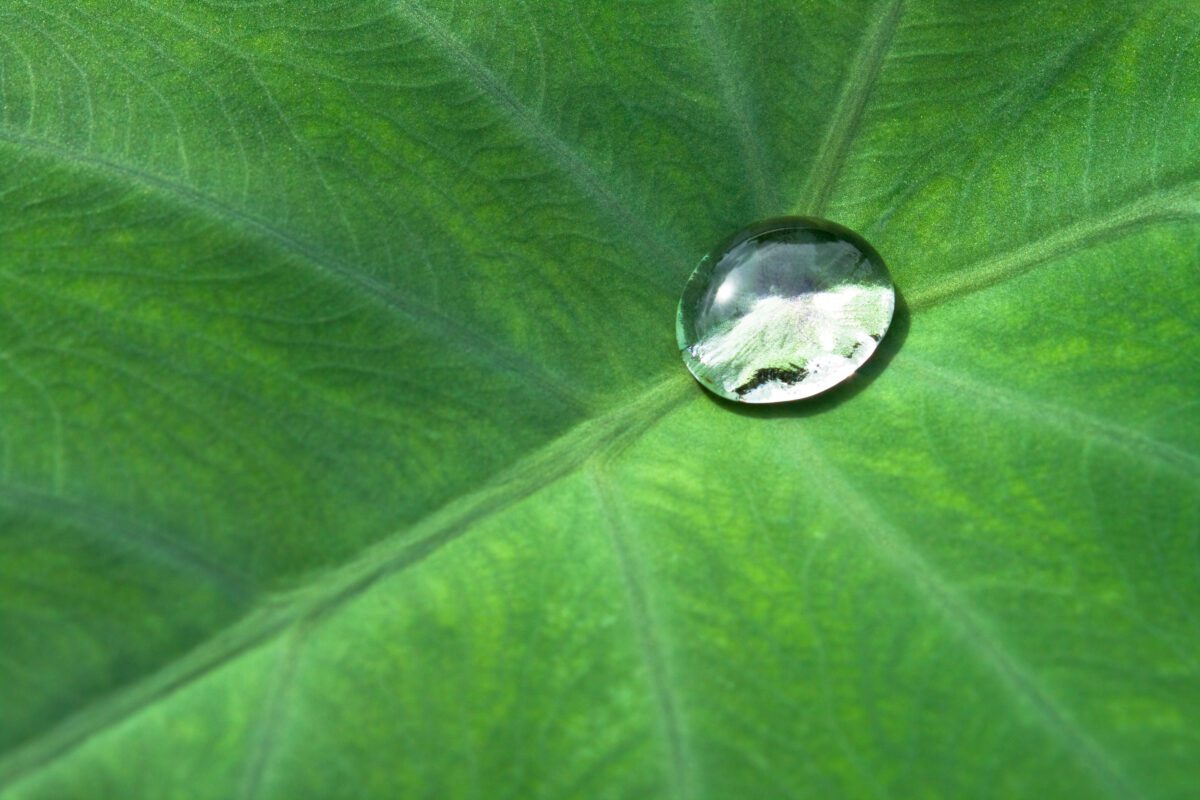Aim, materials & methods – Evaluation of the skin irritation potential – POLYSOL®PGA
AIM
The aim of the test is to evaluate the skin irritation potential of the tested product using a 3D model of reconstructed human epidermis (RHE, SkinEthic) which mimics biochemical and physiological properties of the upper human skin.
The experimental model proposed, although an in vitro system, allows, without the involvement of volunteers, to obtain useful information in order to predict the activity of the product when applied in vivo.
MATERIALS AND METHODS
RHE (RECONSTRUCTED HUMAN EPIDERMIS, SKINETHIC)
For the performance of this test, the experimental protocol is a modified version of that indicated by SkinEthic, Skin Irritation Test 42-bis – Standard Operation Procedure (SOP).
SkinEthicTM RHE is an in vitro Reconstructed Human Epidermis from normal human keratinocytes (derived from healthy volunteer donors) cultured on an inert of 0.50 cm2 polycarbonate filter at the air-liquid interface, on which cells can differentiate to form a multilayer cellular. Keratinocytes grown for 17 days in a chemically defined medium and the final tissue model consists in a fully differentiated epidermis including basal cell layer, stratum spinosum, stratum granulosum and stratum corneum (Kandárová et al., 2006). This support possesses a histological morphology comparable to the in vivo tissue and, for this reason, it is used as a useful model to study the skin irritation by the direct application on the support of various substances and/or medical devices, but also many other possible effects.
The material is normally delivered on Tuesday, after 1-2 days of departure, with the attached specifications and certificate of analysis that includes quality control and biosecurity, which must be acceptable to proceed with sending the material. These criteria include the absence of alterations in the histological structure, cell viability (MTT OD > 1.7), the functional barrier integrity (4.00 < ET50 < 10.00 hrsa) and the absence of bacteria, fungi, HIV, Hepatitis B and C.
The specifications of the inserts and medium are shown in Table.
| Description | Reconstructed Human Epidermis RHE/S/17 |
| Code n. | RHE/S/17 |
| Batch n. | 21-RHE-061 |
|
Colture
|
17 days |
| Expiration date | May 3, 2021 |
| Description | Maintenance Medium | Growth Medium |
| Batch n. | 21SMM017 | 21SGM045 |
| Expiration date | May 10, 2021 | May 10, 2021 |
Table: Technical data of the inserts and the culture medium
ANALYSIS OF SKIN IRRITATION POTENTIAL
Culture preparation
After arrival, the RHE inserts were placed in maintenance medium (6-well plate) under sterile conditions. The package containing the plate with the inserts RHE was opened under sterile hood and each well was transferred with sterile forceps, removing the excess of agar on a gauze, in the previously prepared plate and stored in an incubator at 37 °C, 5% CO2 for 18 hours. Protocol suggests keeping inserts at least 2 hours before experimentation up to 24 hours.
Treatment with the product
After this equilibration period, triplicate in vitro cultures (0.5 cm2) were transferred into a 24-well plate, containing 300 μl of fresh growth medium per well for treatment.
The product POLYSOL®PGA 3% was applied for 24 h topically (16 μl/insert) using nylon mesh; in parallel, negative (saline solution, DPBS) and positive controls (5% sodium dodecyl sulfate, SDS) were performed. Inserts were incubated at 37 °C, 5% CO2, 95% humidified atmosphere.
At the end of the treatment, inserts were washes 25 times with PBS with a continuous flow maintained at 5-8 cm distance, avoiding splashing and contaminations; the bottom of each well was hit on sterile gauze and the apical surface with the tip of a cotton swab.
Cell viability assay (MTT test)
Tissue viability was assessed by MTT reduction measurement, after 24 hours incubation at 37 °C, 5% CO2, 95% humidified atmosphere.
The MTT test is a colorimetric cytotoxicity assay used to test the cell proliferation and viability based on mitochondrial respiration efficiency (Mosmann 1983). MTT (bromide 3- (4,5- dimethylthiazol-2-yl) -2,5-diphenyl tetrazolium) is a tetrazolium salt which is reduced from the highly reducing agent in the mitochondria of viable cells by the action of mitochondrial dehydrogenase. MTT reduction determines the formation of formazan crystals which give the characteristic purple colour to the mitochondria of viable cells. In contrast, in cells suffering or death, lacking active mitochondria, MTT will not be reduced resulting in a less intense or absent purple coloration. Although MTT assesses cellular respiration, it is considered an excellent method for the determination of cell viability since the relationship between mitochondria efficiency and cell viability.
Treated inserts were transferred to a 24-well plate filled with 300 μl of MTT solution, prepared according to the directions given by the company SkinEthicTM, and incubated for 3 h at 37 °C, 5% CO2. The tissues were then transferred to a new 24-well plate containing 750 μl of isopropanol per well. An additional 750 μl of isopropanol was added onto each tissue; the incubation was performed for 2 h at room temperature under agitation (150 rpm) to allow the formazan extraction. Three 200 μl aliquots of the solution were transferred to a 96-well plate and optical density (OD) of each well was measured at 570 nm with a microtiter reader.
Cell viability was calculated by measuring the difference in terms of optical density between the sample and negative controls.
According to the SOP for in vitro skin irritation test with SkinEthicTM RHE model, irritation potential of test substance/product is determined according to the UN GHS and EU CLP (Category 2: Irritant or “No Category”; UN, 2009; EU, 2008). The mean relative tissue cell viability above 50% predicts its non-irritancy potential (Table).
| IN VITRO RESULTS | IN VIVO CLASSIFICATION |
| Mean tissue cell viability ≤ 50% |
Irritant |
| Mean tissue cell viability > 50% |
Non Irritant |
Table: Prediction model (from SOP for in vitro skin irritation test with SkinEthicTM RHE model)

